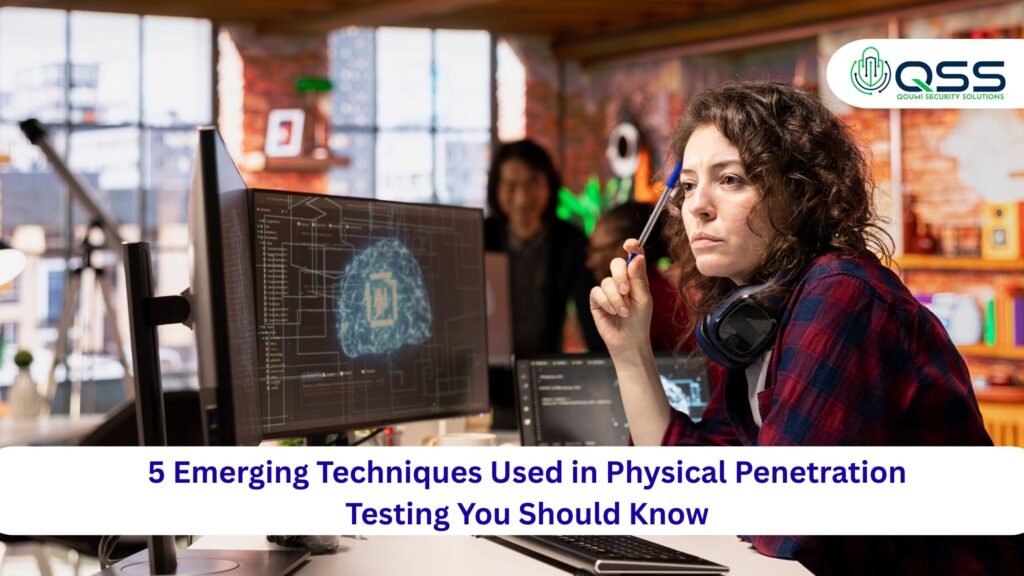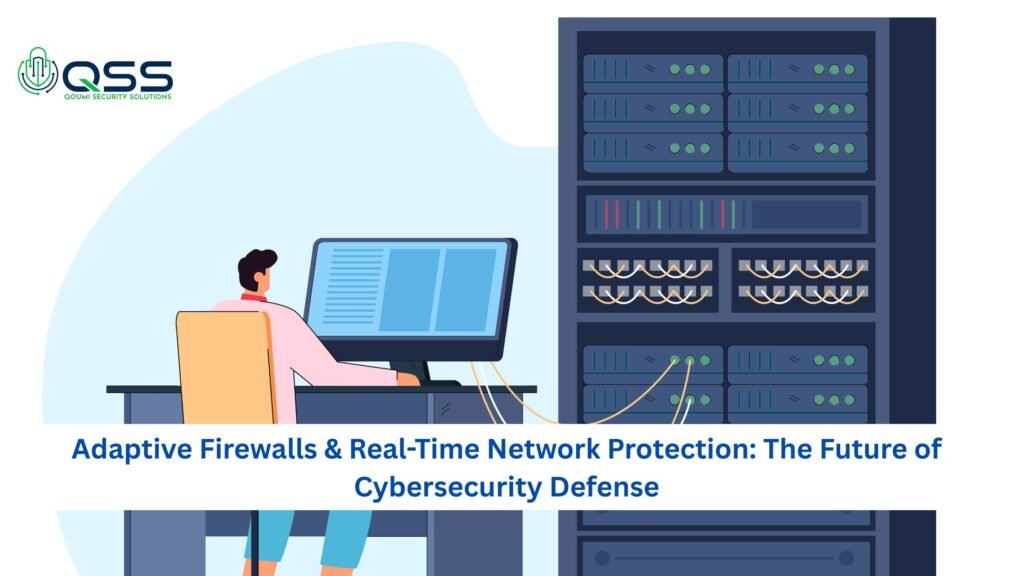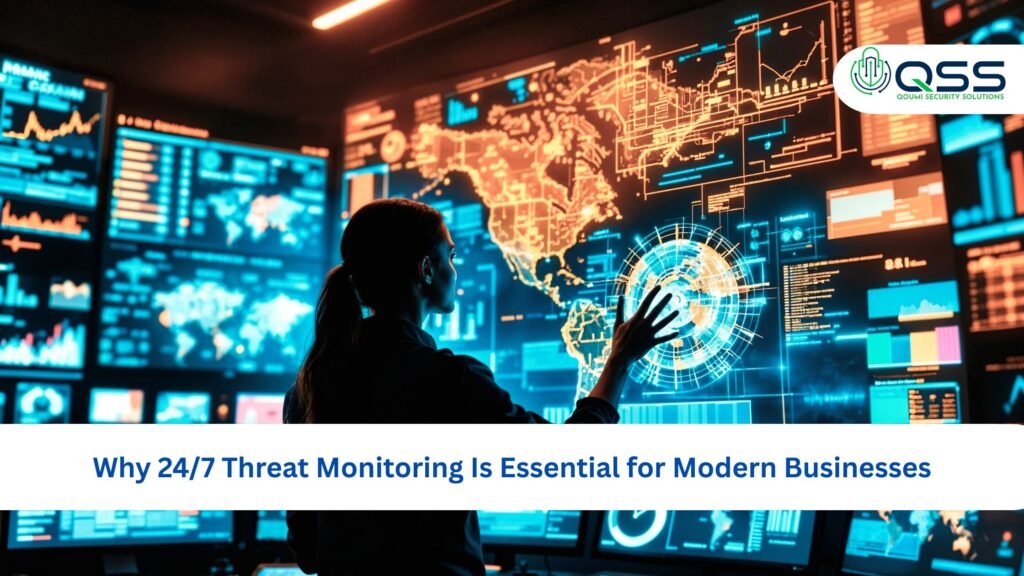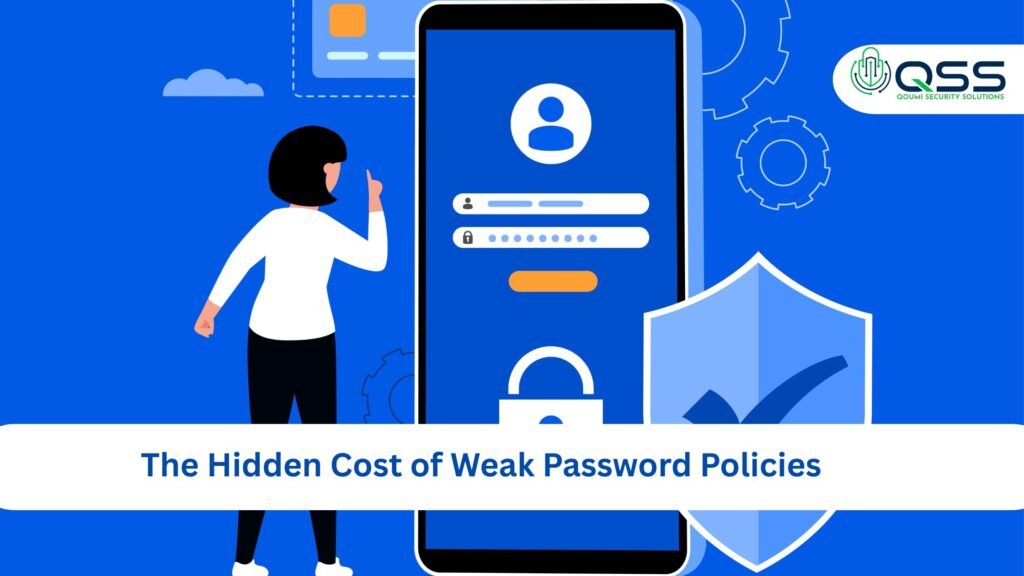Single Blog
5 Emerging Techniques Used in Physical Penetration Testing You Should Know
5 Emerging Techniques Used in Physical Penetration Testing You Should Know

When most people hear the term “penetration testing,” they immediately think of hacking into computer systems. But there’s another crucial dimension to security that often flies under the radar—physical penetration testing. This is all about testing your organization’s real-world defenses: doors, locks, surveillance cameras, employee protocols, and more.
Physical penetration testing simulates how an attacker might break into your physical premises to steal data, sabotage equipment, or cause harm. As criminals get more clever, physical penetration testing techniques have evolved too—leveraging new technology and creative approaches to uncover hidden vulnerabilities. Here are five emerging physical pentesting techniques that are reshaping how companies protect their assets in 2025.
1. AI-Powered Surveillance Bypass Testing
Surveillance cameras are everywhere today, protecting entrances, server rooms, and parking lots. But advanced AI technology can analyze camera blind spots, frame delays, and even exploit weaknesses in facial recognition systems. Physical pentesters now use AI tools to map out surveillance weaknesses in a way humans couldn’t before.
Using machine learning algorithms, these tools simulate attacker movement, identifying where a person can slip past cameras unnoticed or when sensors are likely distracted. This technique helps businesses understand exactly how robust (or fragile) their video security really is, helping them patch critical blind spots before a real attacker exploits them.
2. Social Engineering with Deepfake Enhancements
Social engineering—the classic trick of manipulating employees to gain access—gets a high-tech makeover in 2025 with deepfake technology. Using AI-generated realistic audio or video of trusted colleagues or executives, testers might simulate fake meetings, emergency requests, or impersonations over video calls to gain physical access.
Testing teams harness deepfake tools to mimic authorized personnel’s voice, facial expressions, and mannerisms to see if employees can detect the forgery before handing over keys, badges, or sensitive information. This emerging technique pushes the boundaries of human awareness and helps companies shore up employee training programs to spot even the most sophisticated social engineering attacks.
3. IoT Device Exploitation for Entry
The proliferation of IoT (Internet of Things) devices—smart locks, cameras, environmental sensors—has expanded the physical entry points into buildings. While these devices increase convenience, they often widen the attack surface. Physical penetration testers now actively probe and exploit IoT devices connected to building management systems.
By compromising a smart lock or tricking an environmental sensor into granting access, testers can bypass traditional security layers entirely. This technique sheds light on how relying heavily on IoT can introduce new vulnerabilities and urges organizations to incorporate IoT risk assessments into their physical security audits.
4. Drone-Assisted Reconnaissance & Intrusion
Drones have recently become a game changer in physical pentesting. Equipped with cameras and sensors, drones help testers perform reconnaissance from above, quickly mapping security fences, sensor placement, and potential entry points—sometimes accessing rooftop vents or unsecured windows hard to reach on foot.
Beyond reconnaissance, drones are now being used to test intrusion resistance. Small, quiet drones can try to breach premises through skylights or ventilation systems carrying small payloads (such as data extraction devices). Exercising this technique reveals unconventional attack vectors overlooked by traditional ground-level testing.
5. Double-Blind Physical Penetration Testing
Traditionally, physical pentesting is coordinated with the client’s security teams. However, double-blind testing is an emerging approach where even the security or reception staff have no prior knowledge of the simulated intrusion attempt.
This technique mimics an authentic breach scenario where defenders are unprepared and provides a true test of real-time detection, response, and mitigation capabilities. Double-blind physical pentesting helps organizations measure how effectively their security teams can identify and react to covert intrusions—uncovering operational gaps invisible during standard testing.
Why These Techniques Matter Now More Than Ever
As physical security systems get integrated with digital controls, the line between cyber and physical risks blurs. Attackers are increasingly patient and innovative, combining social engineering, technology exploits, and traditional lockpicking skills to breach defenses. Organizations that adopt these advanced physical pentesting techniques gain unmatched insight into their vulnerabilities—mitigating risks before bad actors strike.
How QuomiSecurity Leverages Emerging Physical Pentesting Techniques
At QuomiSecurity, cutting-edge physical penetration testing is part of our holistic approach to security. Our expert team combines advanced AI tools, IoT vulnerability assessments, drone reconnaissance, and deepfake-enhanced social engineering tests to simulate the attackers’ most recent tactics.
With a commitment to real-world relevance and CREST-certified standards, QuomiSecurity helps organizations stay ahead of evolving threats. We provide detailed, actionable reports and collaborate closely with your teams to close gaps—turning physical defenses from a weak link into a powerful shield.
Final Thought
Physical penetration testing isn’t just about breaking into a building—it’s about understanding how attackers think, move, and exploit the unexpected. Employing emerging techniques like AI-driven surveillance testing, deepfake social engineering, IoT exploitation, drone intrusions, and double-blind tests ensures your defenses are ready for whatever comes next.
For organizations serious about comprehensive security, partnering with an experienced team like QuomiSecurity means peace of mind—that your people, assets, and reputation are safeguarded against tomorrow’s threats today.





